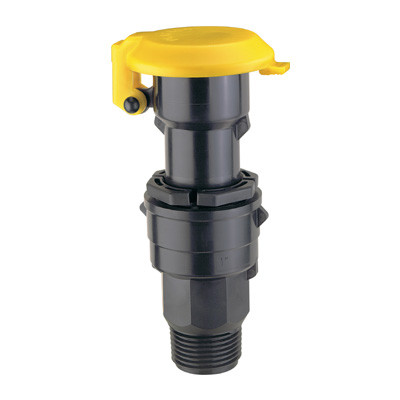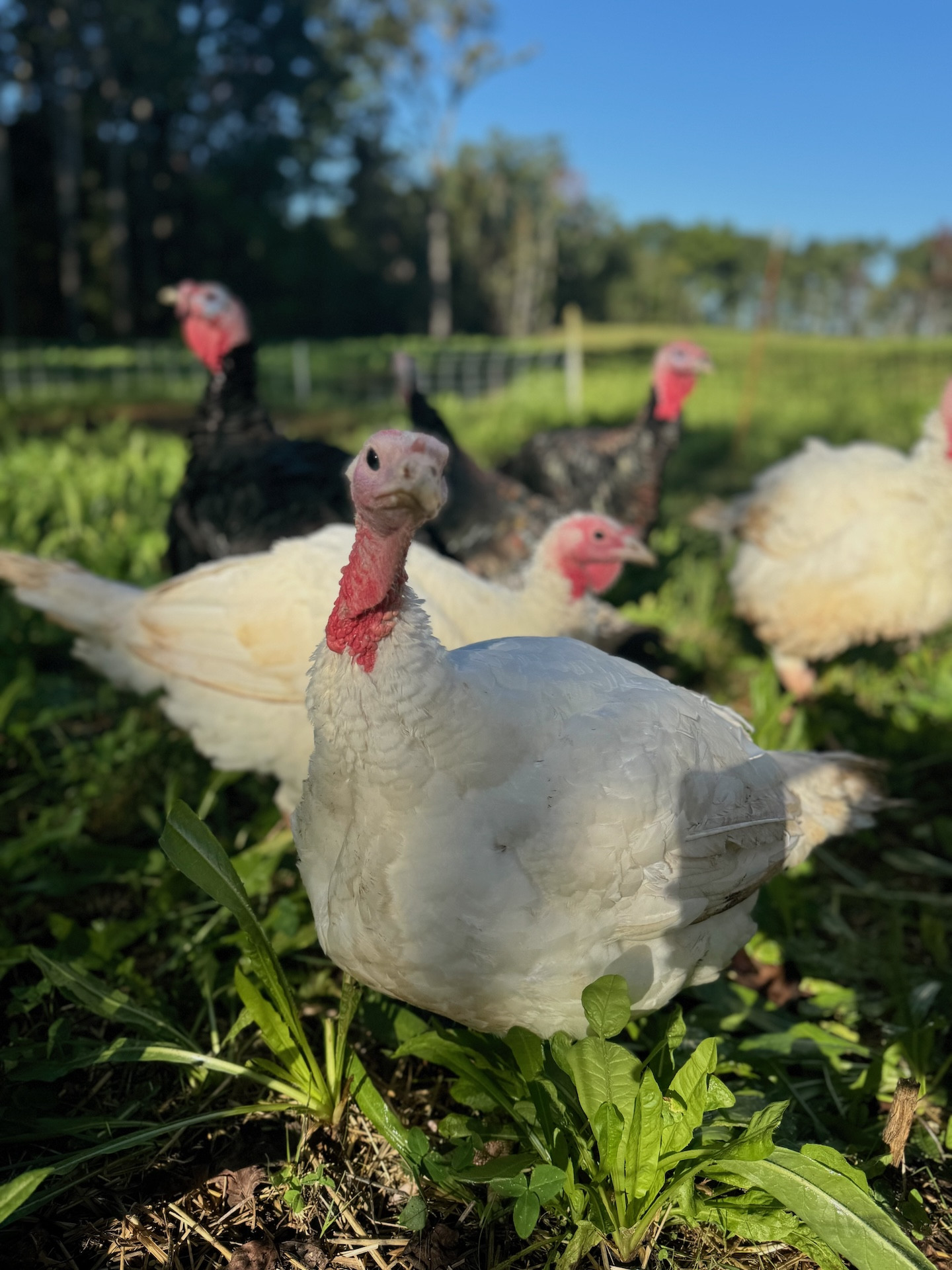The Journey from Timber Stands to Thriving Pasture: Overcoming Challenges and Embracing Delays
posted on
October 13, 2024
The past two years have been an incredible journey as we’ve worked to transform our newly acquired land from unmanaged soft and hardwood timber stands into a flourishing pasture for our regenerative farming enterprise. As many who’ve ventured into farming know, the road is never straightforward. The process has been filled with challenges—particularly with contractors, fencing issues, and delays that have tested our patience. However, looking back, we realize that these setbacks may have been a blessing in disguise, giving us the time and space needed to establish a stronger foundation for our farm.
Purchasing the Land: The Beginning of a Dream
When we first purchased the land, we knew the journey ahead would be full of hard work. The property had been neglected for years, overgrown with unmanaged timber and brush. Our vision was to restore this land through regenerative agriculture, creating rich, healthy pastures for our pasture-raised poultry and eggs. But before any of that could happen, we needed to clear the land, build fences, and put the basic infrastructure in place.
The Fencing Hurdles: Plans Delayed
One of our biggest challenges came with the fencing. Proper fencing is crucial for managing livestock on regenerative farms. It allows us to implement rotational grazing, protect our animals, and ensure that the land is restored through careful management. We were eager to get this done quickly, but finding reliable contractors proved to be more difficult than we anticipated.
Several times, we scheduled contractors only to face repeated delays. Poor workmanship, unkept commitments, and a shortage of skilled labor meant that what should have taken a few months dragged on for far longer. Each setback pushed back our ability to bring animals onto the property, disrupting our plans for expansion and growth. At times, it felt like the vision we had for Epic Pastures was slipping further from our grasp.
The Silver Lining: Time to Grow
However, as frustrating as these delays were, they also gave us an unexpected advantage: time. Time to let the land breathe and recover. Time for the grasses to grow, the soil to rejuvenate, and the ecosystem to begin its healing process.
The truth is, transforming land from timber to pasture isn’t just about cutting down trees and putting up fences. It's about restoring balance to the land—allowing native grasses to take root, letting the soil regain its health, and creating an environment that can support more animals over the long term. The extra months gave us space to focus on these critical aspects without the immediate pressure of managing livestock on land that wasn’t quite ready.
Learning and Establishing Foundations
During this period, we also had the chance to deepen our knowledge and understanding of regenerative practices. We took the time to establish smaller, more manageable enterprises that could grow alongside the land. We explored planting more diverse forage species, understanding the local ecosystem better, and planning our future rotations with care.
Instead of rushing into things, we had the opportunity to build a solid foundation for our farm's future. These setbacks forced us to slow down, but in doing so, they allowed us to make more thoughtful decisions, ensuring that when we are ready to scale up, we’ll be prepared.
Looking Ahead
Now, with our fencing finally nearing completion, the pastures are growing in lush and strong, and our dream is starting to take form. Though the last two years have tested us, they’ve also shaped us into more resilient, adaptive farmers. The delays have allowed us to establish a deeper connection with the land and set the stage for future success.
At Epic Pastures, we’re excited for what lies ahead. We are committed to restoring this land, not just for the sake of producing healthy, pasture-raised poultry and eggs, but for the broader goal of regenerating the soil and creating a sustainable ecosystem. While the journey may have taken longer than we planned, it has given us the time we needed to ensure that both the land and our farm can thrive for years to come.
Thank you for being part of our journey as we move closer to fully realizing our vision. Stay tuned as we continue to grow and expand, one pasture, one animal, and one season at a time.


